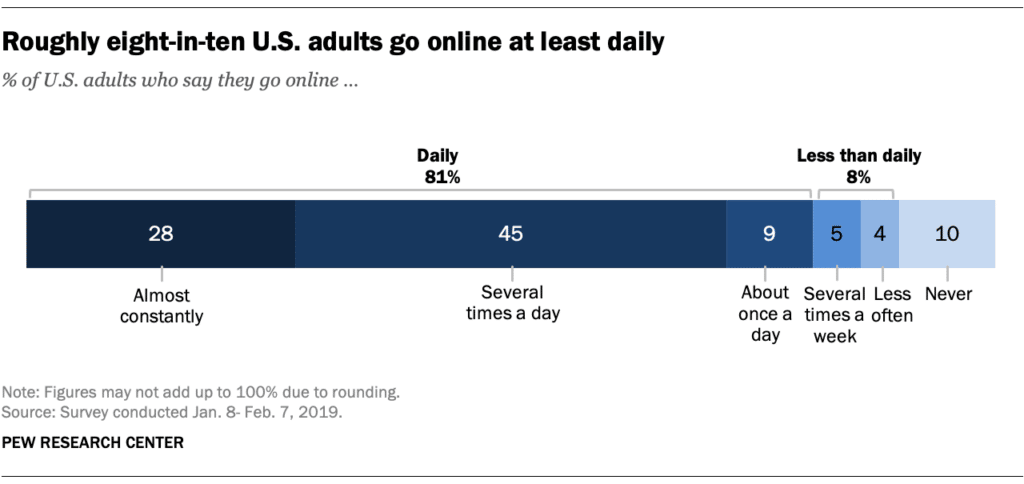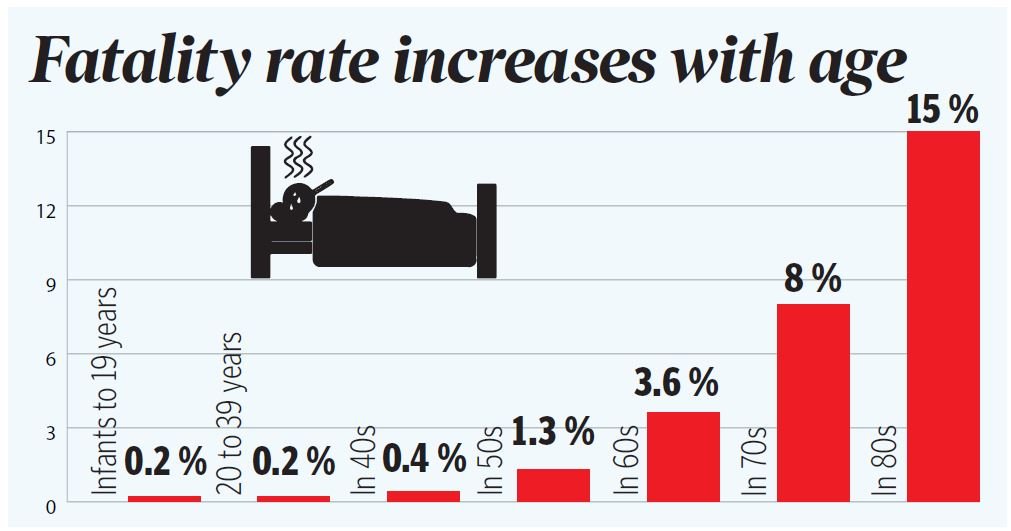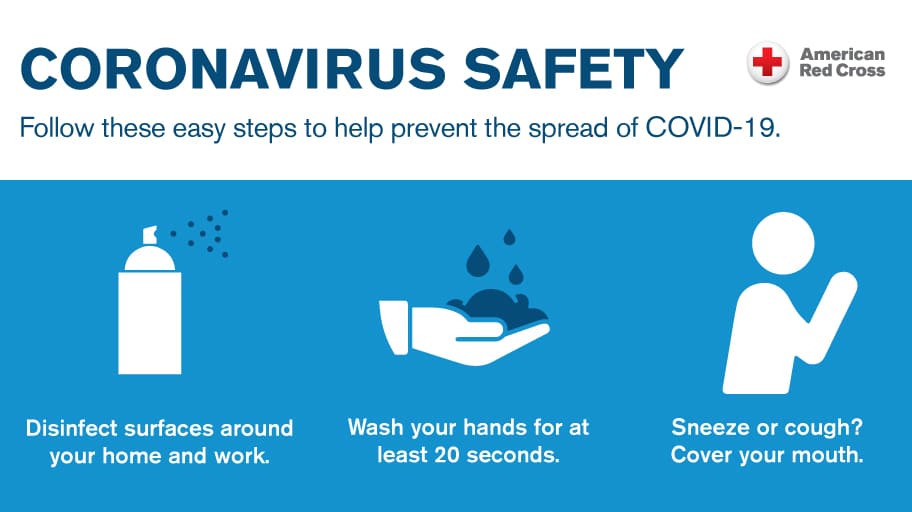With the current global pandemic, the world has seen a huge shift in people’s priorities. Most of the world is at an economic standstill, and people are scared. Leadership across the world has varied significantly, with some stepping up to the plate and others seemingly abdicating a lot of their responsibilities to the people. As a business, it’s essential that you adjust your marketing to reflect the new reality.
Almost Everyone is Online
Approximately 80% of people go online daily, with 28% being online almost constantly, and that was as of July 2019. The current pandemic has forced even more people to stay online almost constantly, whether they are working from home or simply looking for information on what’s happening.

Local businesses need to have a clear online strategy to ensure that people know that their businesses are still running, but also be aware that they need to take precautions to prevent the spread of COVID-19.
Create a Clear Statement About COVID-19
Many major US businesses have some sort of blurb about COVID-19, but this is often tucked away behind a small link on a small header. This seems unwise, as businesses need to be seen as empathetic to the needs of their customers. A short statement that has the following segments is all that’s needed:
- Header
- Greeting
- General statement about COVID-19
- Statement about the business and what it’s doing
- A reassuring statement about your customers
- Sign-off
This can be posted to social media and your main webpage, if you have one, and it also helps capture keywords related to COVID-19 and your business. Keep it updated, though, and review it each month or if your state makes drastic changes to the laws surrounding your business.
Check Your Advertising
Sometimes, certain concepts are simply inappropriate during a major epidemic. KFC had to change its advertisements in the United Kingdom, as they included people licking their fingers. While this would be a light-hearted tip of the hat to its slogan “finger lickin’ good,” in the middle of a devastating outbreak where such practices could conceivably be seen as unhygienic, KFC felt it was safer to put those adverts on hold.
Other brands have also put adverts on hold. Coors Light felt it was inappropriate to claim it was “the beer of working remotely,” and even a Hershey advert showing people hugging was deemed too risky in the current climate.
Ensure your advertising reflects the current issues of the COVID-19 pandemic. Crass commercialism doesn’t tend to go down well in times of crisis, as it’s often seen as un-American. Empathy and understanding are the key ways to get your advertising message across, particularly when it’s paired with charity. Helping others is a valuable advertising strategy.
Supporting Others Through Marketing
As a business, you can do a lot to help key workers and vulnerable people get what they need. You might advertise the following:
Vulnerable adults hour:
A time for seniors to shop in peace where they can get the necessities that they need. Vulnerable adults are often the first to suffer when panic buying occurs, as they are unable to buy and store as much food as most people. Your business will need to clearly communicate this well in advance through in-store signage, online messages, and social media.

Essential worker support:
Offering support to healthcare workers, first responders, and other people who are essential to running the basics of the country. This might include a time for them to shop, prioritization for online deliveries, and potentially donation of essential supplies. Again, advertising is key. You may also wish to work with local hospitals and other organizations to ensure this works. Even issuing a cheap business card for first responders — to be distributed by those organizations — can help determine who is eligible for entry during restricted hours.
Prioritize home delivery services:
Home delivery is key to survival for many businesses, but it’s also a way to get food and supplies to those who are on the front lines. In China, there was an 80% increase in online ordering during the height of the pandemic. However, you may prioritize certain people over others to ensure your resources are given to people who need them.
Advertise What You’re Doing
Businesses must consider how to help employees stay safe. This is also a way of creating an empathy angle.
- Public notices to wash hands help remind people of the CDC’s recommendations.
- Well-secured hand sanitizer stations reassure staff and customers that the business is doing everything it can.
- Minimum distance areas marked out on the floor for cafes and bars.
- Clear notices about changes to policies due to COVID-19.
Many of these can be framed as ways to help protect staff and customers alike. Although some customers will never read anything that’s posted online or in-store, the vast majority will and will understand as long as it is clear.
Marketing Your Services
For some businesses, your method of operation won’t change much. A mechanic doesn’t need much human interaction to work on a car, for example, and a graphic design company can ask employees to complete work at home. However, you might make a few small changes:
- Advertise pick-up services so that customers don’t have to go to you.
- Use Google Hangouts to get face-to-face interaction with clients and customers.
- For businesses that have more sensitive data and need more secure communication, consider using Wickr Pro.
- Encourage the use of forms online for standard requests rather than paper copies.
- Use online banking rather than cash.
Some businesses may even see a significant uplift.
- Gardeners may have a boost in business as people think about growing their own food.
- Online tutors are growing in demand to fill in the gaps of shorter educational schedules.
- Delivery companies are expanding to meet online shopping demands as people spend more time at home.
- Builders are in demand as professionals realize that they don’t have a suitable long-term home office space.
These businesses can capitalize by targeting advertising at appropriate demographics and selling their services to the local area. A solo gardener or builder, for example, might go hyper-local and target business professionals who suddenly have to spend a lot more time at home. Online tutors can throw a wider net but target families with children of suitable ages, and delivery companies can target businesses that are ramping up home delivery operations.

Some businesses may need to make and communicate significant alterations, especially those that are required to touch customers. These include beauty services, hairstylists, and massage therapists. These businesses need to seriously emphasize how they are mitigating risk.
- Hairstylists may send out an email saying how they are sanitizing products between every use and have a policy of sending staff home if they have a high temperature.
- Beauty services may require staff to wear masks as a matter of course and deep clean each night.
- Massage therapists may need to advertise how they sanitize beds and towels and even change over pump bottles after each client.
In this case, it’s about showing how you are keeping your client safe.
Final Thoughts – Marketing Practices During COVID-19
The strategy that you choose will depend significantly on your business and how you can pivot your business to meet the demands that COVID-19 brings. The aim is to keep your business running for as long as possible and keep staff employed as you weather this crisis.
A good advertising strategy helps to reassure customers and clients that you are still here for them and that you are taking every step necessary to keep them safe.





